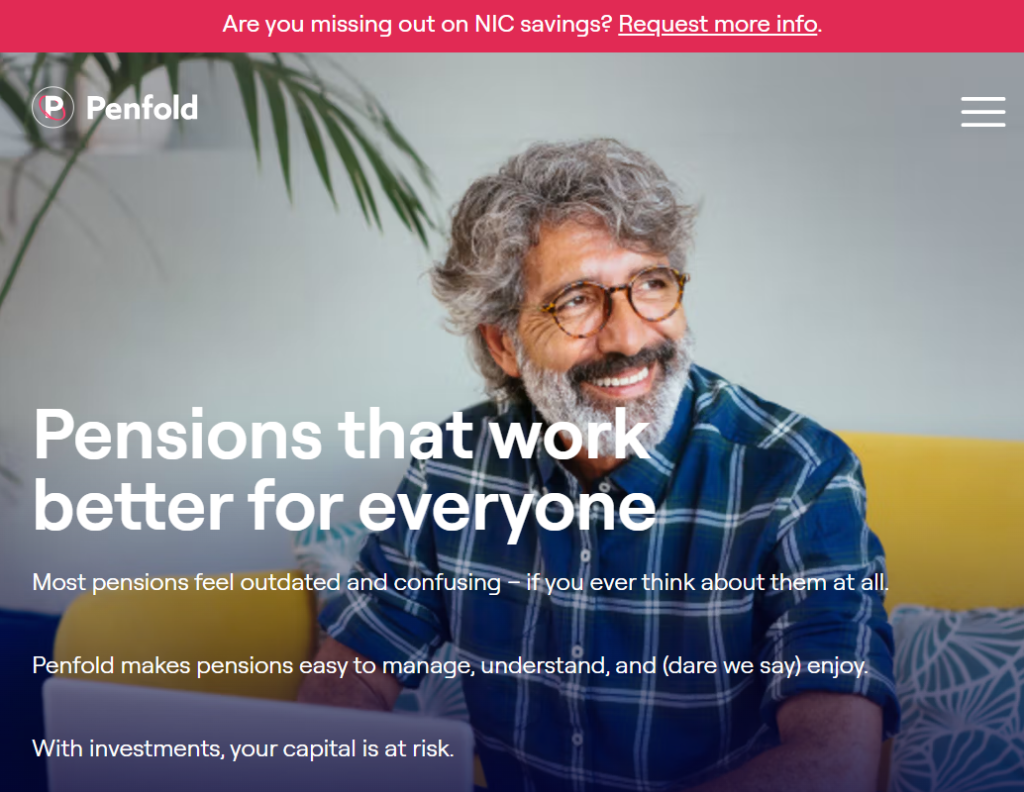
Penfold, a digital pension platform redefining retirement savings for self-employed workers and SMEs, has successfully raised $5,225,142 in new funding. The round was led by Gresham House Ventures, adding significant momentum to the company’s mission to make pensions radically more accessible, transparent, and tailored to the modern workforce.
Founded by Chris Eastwood, Penfold is not just digitizing pensions but reimagining how younger, mobile, and freelance workers engage with their retirement future.
The Pensions Problem Penfold Is Solving
Traditional pensions are notoriously complicated, sluggish, and often inaccessible to the self-employed or those without corporate HR departments. With over 5 million self-employed workers in the UK alone and a growing gig economy, a massive segment remains underserved by legacy pension providers.
Penfold offers a smart, mobile-first platform that lets users:
- Set up a pension in minutes
- Track and manage investments via an app
- Consolidate existing pensions
- Get expert support and automated guidance
It turns what used to be a bureaucratic nightmare into a frictionless, on-demand experience.
Funding Breakdown and Investor Insight
The recent $5.2 million capital injection from Gresham House Ventures will fuel several initiatives:
- Accelerating product development, including enhanced tools for employers
- Expanding SME offerings, giving small businesses a seamless way to offer pensions
- Deepening integrations with payroll and accounting systems
- Growth in brand awareness and partnerships
Penfold’s business model sits at the intersection of fintech and digital HR, where rising regulatory pressure on employers to provide pensions meets user demand for financial autonomy.
Why This Matters Now
The UK introduced automatic enrolment in 2012, mandating that companies offer pension contributions. But the self-employed - about 15% of the workforce - have been left behind. Moreover, nearly 50% of self-employed Brits don’t currently save into a pension (ONS).
Penfold bridges this gap, making it not just easier to contribute, but actually empowering users to understand their financial trajectory. In a time when cost-of-living crises and inflation dominate headlines, the need for transparent, flexible pension tools has never been clearer.
Embedded Insight for Founders: Own the Utility Layer
Penfold’s evolution provides a valuable playbook. Rather than compete directly with legacy financial giants on scale, they built around what those giants neglected: usability, personalization, and integration. But the real power move? Becoming a utility layer.
Penfold integrates into employers’ payroll flows, into freelancers’ accounting systems, and into users’ financial consciousness. It's not "another app" – it's a financial habit enabler. For founders building in fintech or SaaS, this is a key lesson: don’t just build a product. Build into behavior.
Ask: What daily or monthly workflows can you invisibly power? That’s where staying power lives.
And more importantly, build systems that let your users offload cognitive effort. One of the most overlooked growth levers is eliminating friction through ambient automation. When a product doesn’t require frequent attention but continues delivering compounding value in the background - like automatic pension contributions - it creates trust, retention, and true user reliance. This is how infrastructure companies win: not through visibility, but through indispensability.
Market Outlook for Digital Pensions
The global digital pension market is projected to reach $1.5 trillion in assets by 2030, according to Statista and Deloitte estimates. The UK pension pot alone stands at over £6 trillion, but much of it remains fragmented and dormant.
Key drivers of growth include:
- Regulatory nudges toward pension participation
- Rising gig economy and non-traditional employment models
- Gen Z and millennials demanding digital-native experiences
- Employer demand for flexible, compliant benefit platforms
Additionally, according to PwC, over 60% of UK workers say they want more flexible, mobile-accessible financial tools to manage long-term savings - indicating sustained tailwinds for platforms like Penfold.
In this environment, Penfold’s position as a user-first, API-ready pension infrastructure becomes even more critical.
What Sets Penfold Apart
Unlike traditional pension providers, Penfold delivers:
- Real-time dashboards for savers to track performance
- Zero paperwork onboarding
- Freelancer-focused tools like variable contributions and income tracking
- Mobile optimization for on-the-go access
Additionally, employers using Penfold can offer pension benefits without administrative overhead. It’s built to serve not only today’s workforce but the increasingly distributed and digital-first teams of tomorrow.
The Founder Behind the Vision
Chris Eastwood, co-founder of Penfold, brings a background in fintech and consumer behavior that directly informs the product’s focus on transparency and user empowerment. His vision is centered not just on helping users save, but understand and own their financial future.
This understanding drives Penfold’s decision to go beyond app features and toward ecosystem positioning. They’re becoming the central nervous system of pension accessibility - not just for users, but for the infrastructure partners around them.
What’s Next for Penfold
With this latest funding round, Penfold plans to:
- Launch new planning tools that simulate future savings scenarios
- Expand across Europe
- Strengthen partnerships with accountants and gig platforms
- Build AI-powered nudges to improve savings consistency
The team is also eyeing B2B growth through white-labeled solutions, enabling other fintechs or gig platforms to offer pensions natively through Penfold’s backend.









